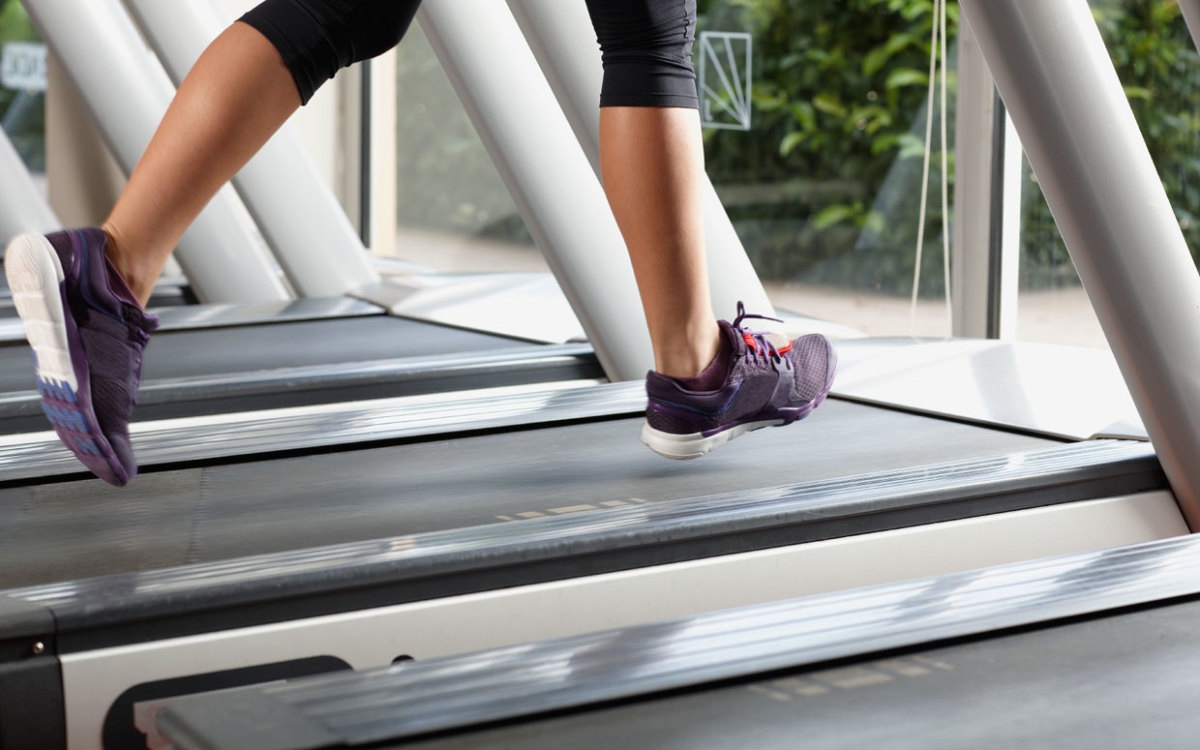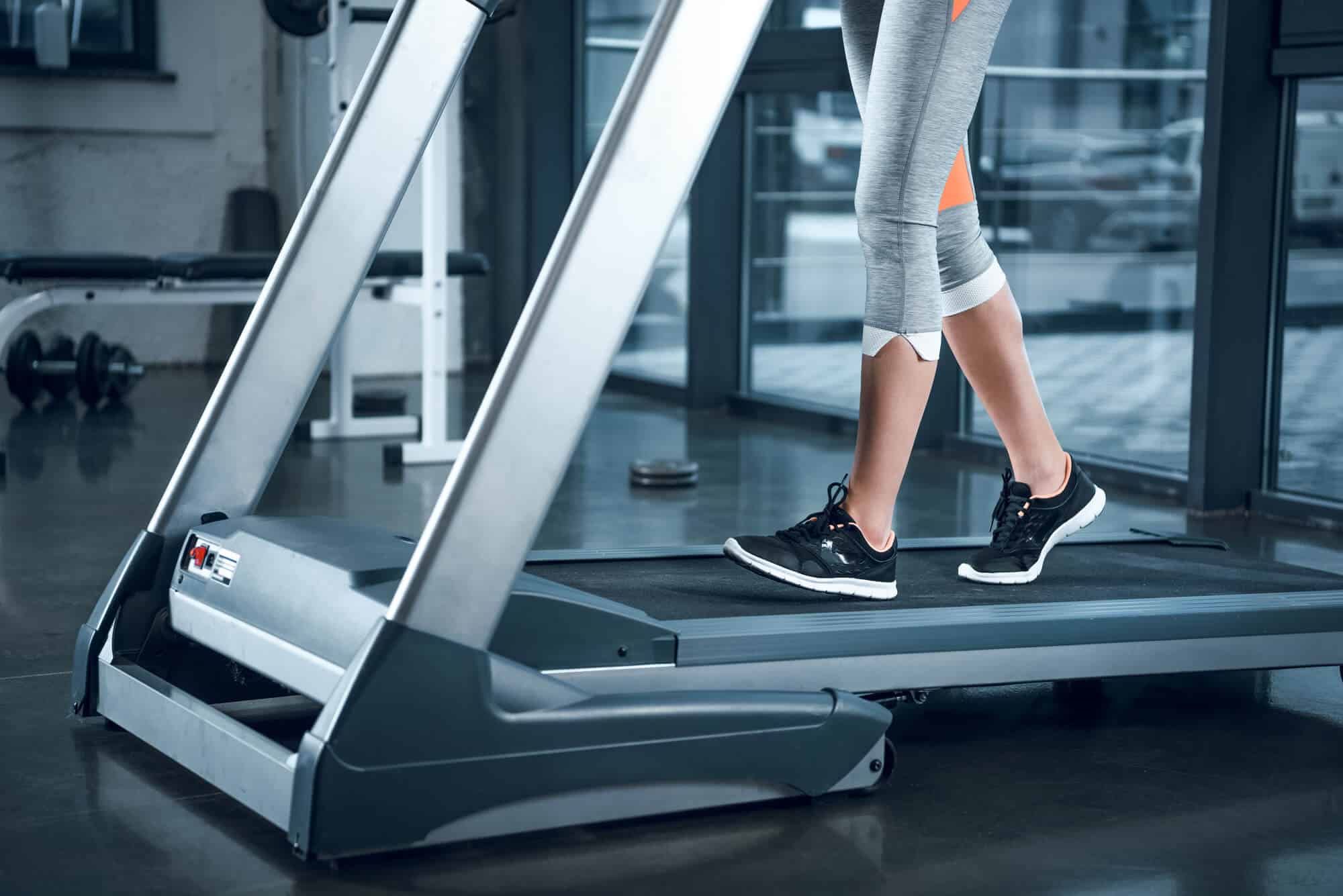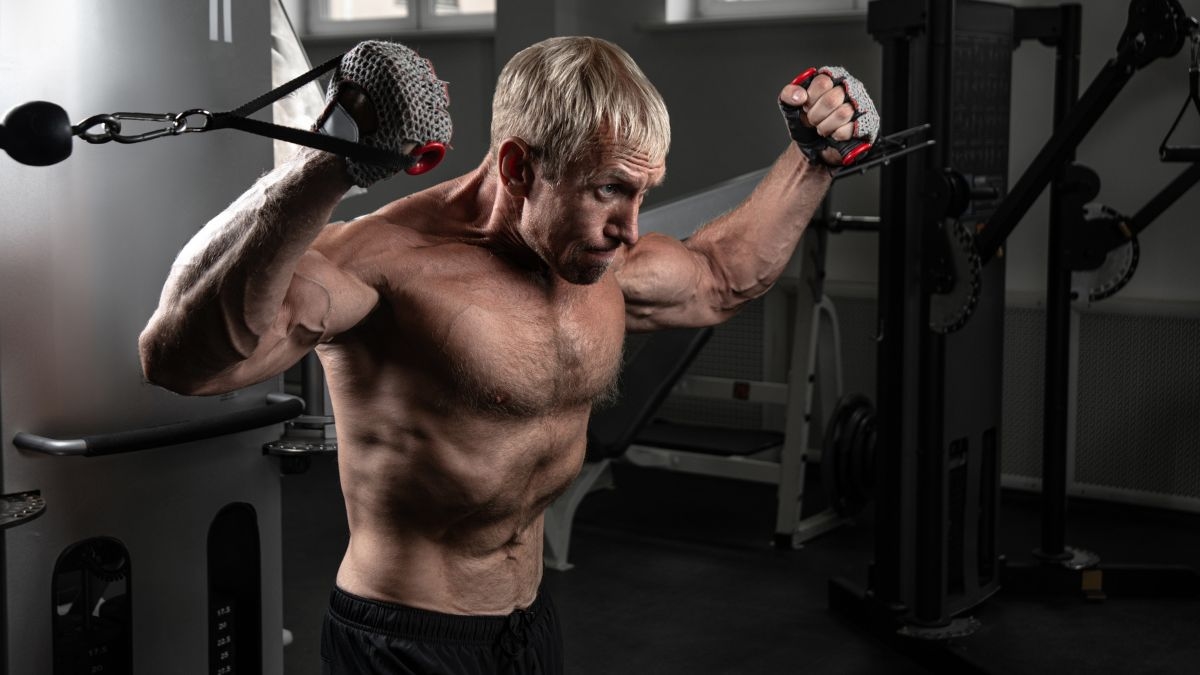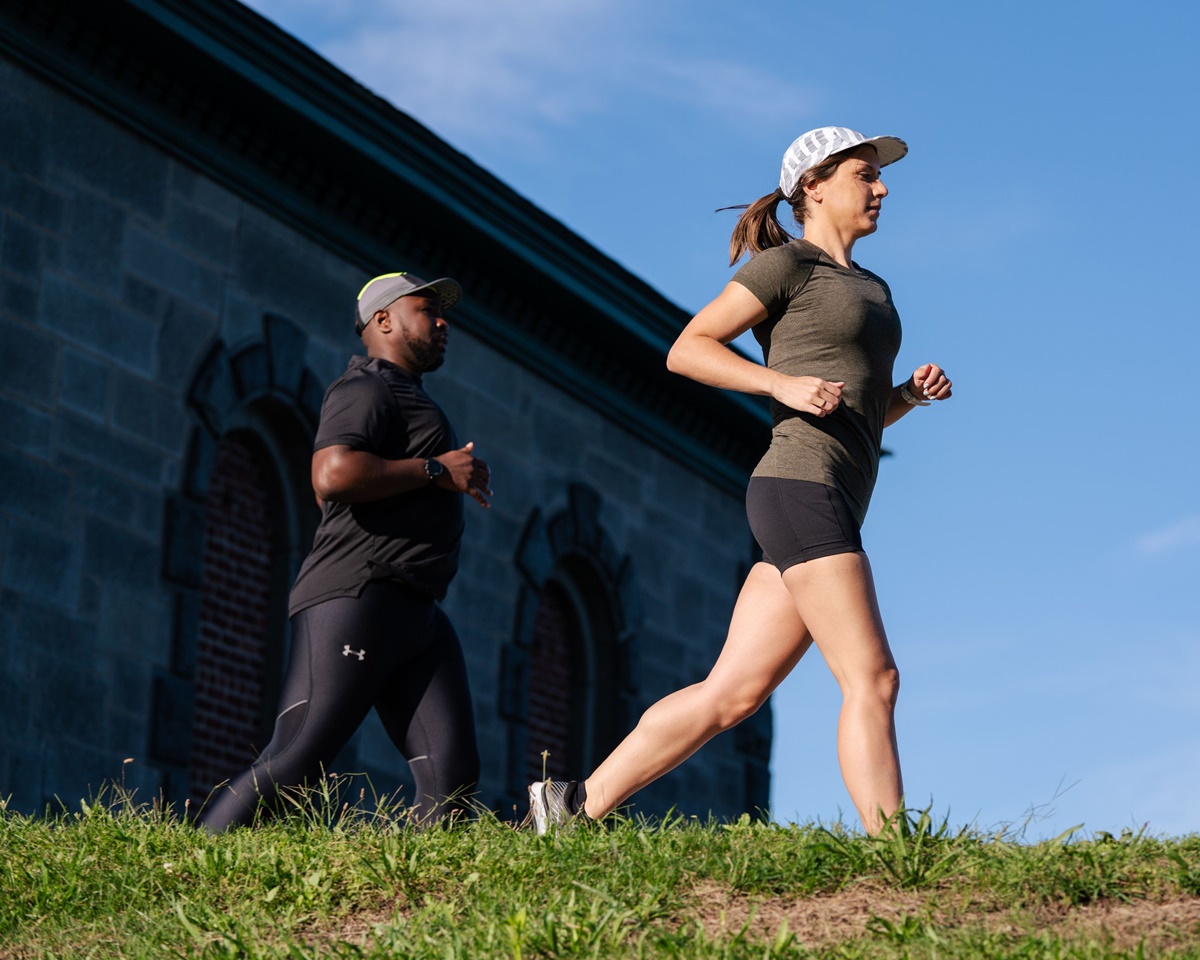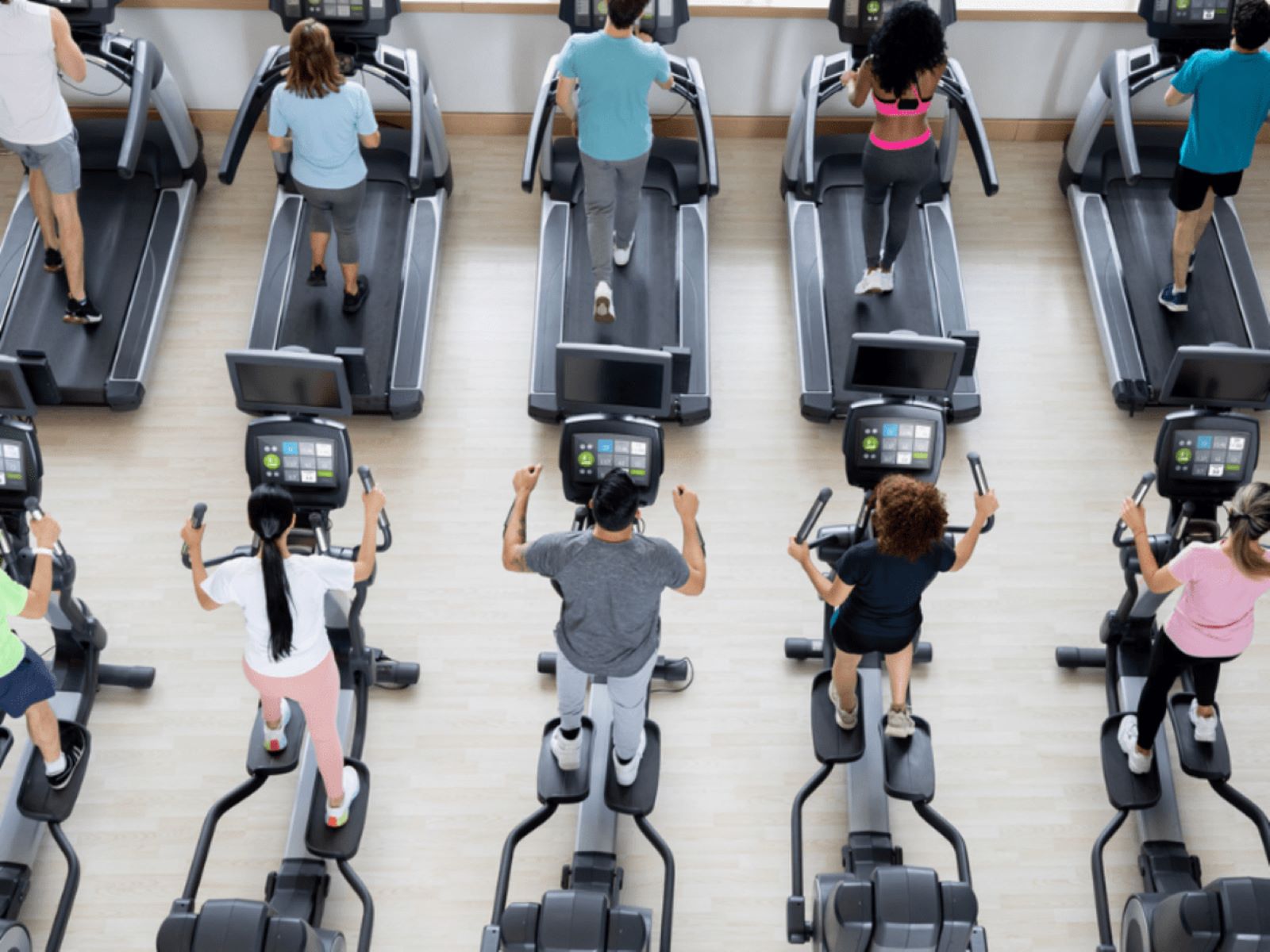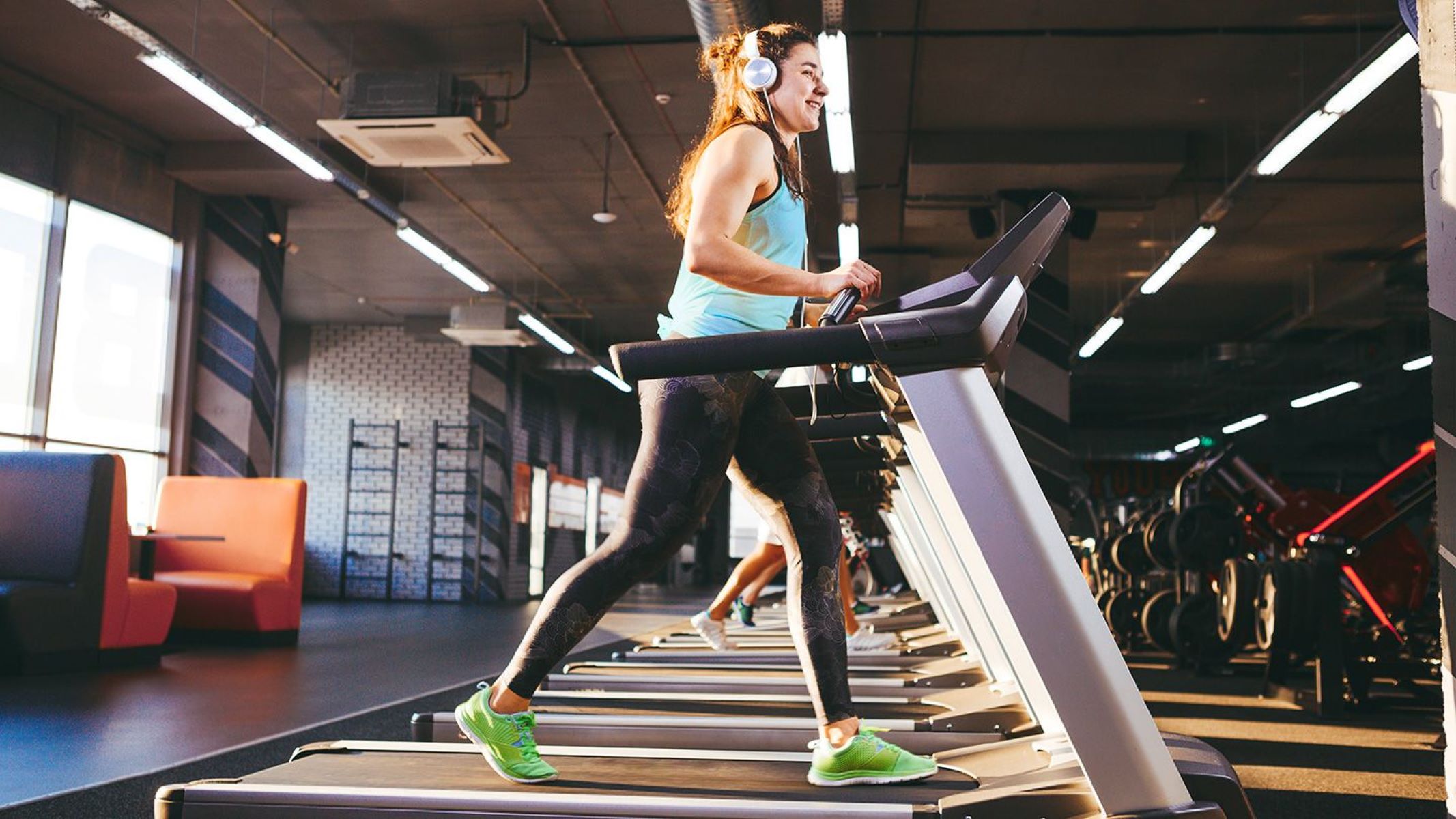Home>Misc>Featured>How Many Calories Does A 30 Minute Workout Burn


Featured
How Many Calories Does A 30 Minute Workout Burn
Modified: August 21, 2023
Discover how many calories you can burn with just a 30 minute workout. Get featured in our comprehensive guide and start shedding pounds today!
Introduction
When it comes to achieving fitness goals, one of the key factors to consider is calorie burn. Exercise plays a crucial role in maintaining a healthy body weight and overall well-being. Many people wonder how many calories they can burn during a 30-minute workout session.
The number of calories burned during a workout depends on various factors, such as the type of exercise, intensity level, and individual characteristics. Understanding these factors and how they influence calorie burn can help you make informed decisions about your fitness routine.
In this article, we will explore the different factors that contribute to calorie burn during a workout, delve into the types of exercises that yield the highest calorie expenditure, and provide you with practical tips to maximize your calorie burn during a 30-minute workout.
Whether you’re a fitness enthusiast looking to incorporate more effective workouts into your routine or someone who wants to optimize calorie burn during limited time, this article will provide valuable insights and guidance to help you reach your fitness goals.
It’s important to note that while calorie burn is a significant component of a fitness regimen, it should not be the sole focus. A well-rounded program that includes strength training, cardiovascular exercise, flexibility training, and proper nutrition is essential for overall health and fitness.
Now, let’s dive into the factors that influence calorie burn during a workout and explore different workout types to help you determine how many calories you can expect to burn with a 30-minute workout.
Factors that Influence Calorie Burn
The number of calories burned during a workout can vary significantly depending on several factors:
- Body Weight: The amount of calories burned is influenced by body weight. Generally, individuals with higher body weights burn more calories during exercise as their bodies require more energy to move.
- Gender: Men tend to have a higher muscle mass and higher testosterone levels, which can contribute to a higher metabolic rate. As a result, men often burn more calories compared to women during the same workout.
- Age: Metabolic rate decreases with age. This means that as you get older, you may burn fewer calories during the same exercise compared to when you were younger.
- Fitness Level: Individuals who are more physically fit generally have a higher metabolic rate and therefore burn more calories during a workout compared to someone who is less fit.
- Exercise Duration: The longer you exercise, the more calories you will burn. However, it’s important to find a balance between duration and intensity to avoid overexertion and injury.
- Intensity Level: The higher the intensity of your workout, the more calories you will burn. High-intensity workouts, such as interval training or HIIT, can significantly increase calorie burn both during and after the exercise session.
- Exercise Type: Different types of exercises engage different muscle groups, leading to variations in calorie burn. Cardiovascular exercises like running or cycling tend to burn more calories compared to strength training exercises.
It’s important to note that these factors interact with each other, and individual variations can also play a role. For example, a highly trained woman may burn more calories during a workout than an average man if she has a higher fitness level and intensity.
Understanding these factors can help you make informed decisions about your workout routine and adjust your calorie burn expectations accordingly. In the next section, we will explore different types of workouts and the calorie expenditure associated with them.
Types of Workouts and Calorie Expenditure
When it comes to calorie expenditure, different types of workouts yield different results. Here are some popular workout types and their estimated calorie burn per 30-minute session:
- Cardiovascular Exercises: Activities like running, cycling, and swimming are excellent for burning calories. On average, you can expect to burn around 240-400 calories in a 30-minute session, depending on factors such as intensity and body weight.
- High-Intensity Interval Training (HIIT): HIIT involves short bursts of intense exercise followed by periods of rest or lower intensity. This type of workout can significantly increase calorie burn, with estimates ranging from 290-460 calories in a 30-minute session.
- Aerobics: Traditional aerobic classes or dance-based workouts can burn approximately 200-400 calories in 30 minutes, depending on the intensity and complexity of the moves.
- Strength Training: While strength training is not known for its calorie-burning benefits during the workout itself, it can improve your overall metabolic rate and contribute to long-term calorie burn. Estimates for calorie expenditure during a 30-minute strength training session range from 90-180 calories.
- Pilates or Yoga: While these forms of exercise have numerous benefits, they may not burn as many calories as more high-intensity workouts. On average, you can expect to burn around 100-200 calories in a 30-minute Pilates or yoga session.
Please note that these calorie burn estimates are approximate and can vary based on individual factors such as body weight, fitness level, and exercise intensity. It’s also important to remember that even lower calorie-burning workouts like yoga or strength training contribute to overall health and fitness by improving flexibility, strength, and muscle tone.
Now that we have explored the various workout types and their associated calorie expenditure, let’s delve into the role of intensity in calorie burn.
The Role of Intensity in Calorie Burn
When it comes to calorie burn, the intensity of your workout plays a crucial role. Higher intensity exercises tend to burn more calories compared to low-intensity exercises. Here’s why:
During high-intensity workouts, your body utilizes a larger percentage of its maximum oxygen consumption (VO2max), resulting in a higher metabolic rate. This increased metabolic rate continues even after the workout, as your body works to restore oxygen levels and recover from the exertion. This phenomenon is known as excess post-exercise oxygen consumption (EPOC), or more commonly referred to as the “afterburn effect.”
The afterburn effect can significantly contribute to calorie burn beyond the actual duration of your workout. Studies have shown that high-intensity workouts like HIIT can lead to a significantly higher EPOC compared to low-intensity exercises.
In addition to the afterburn effect, high-intensity workouts often involve more muscle groups and engage larger muscle fibers. This results in a higher energy demand and calorie expenditure during the workout itself.
However, it’s important to strike a balance between intensity and your fitness level. Pushing yourself too hard without allowing for proper rest and recovery can increase the risk of injury and burnout. It’s always advisable to consult with a fitness professional and listen to your body’s cues to determine the appropriate intensity for your workouts.
While high-intensity workouts are known for their calorie-burning benefits, low-intensity exercises like walking or gentle yoga still have their place in a well-rounded fitness routine. These low-intensity activities can provide recovery periods, help improve cardiovascular endurance, and contribute to overall well-being.
Now that we understand the impact of exercise intensity on calorie burn, let’s explore how to calculate and estimate calorie burn for different workouts.
Calculating Calorie Burn for Different Workouts
Calculating calorie burn during a workout can be a helpful way to track your progress and set realistic goals. While there are various methods and formulas available, it’s important to remember that these calculations provide estimates and may not be 100% accurate for everyone.
One common method to estimate calorie burn is to use the MET (metabolic equivalent) value of an activity. MET values measure the energy expenditure of an activity relative to resting metabolism. For example, 1 MET is equivalent to the energy expended at rest, while an activity with a MET value of 5 would burn five times as many calories as resting metabolism.
To calculate calorie burn using MET values, you can use the following formula:
Calories Burned = MET Value x Weight in kilograms x Time in hours
For example, if you weigh 70 kilograms and engage in an activity with a MET value of 6 for 30 minutes, the calculation would be:
Calories Burned = 6 x 70 x 0.5 (30 minutes converted to hours) = 210 calories
Keep in mind that this is just an estimate, and individual factors such as age, gender, and fitness level may influence actual calorie burn.
Several fitness apps and wearable devices are available that use heart rate monitoring to estimate calorie burn during workouts. These devices take into account your heart rate, age, and weight to provide a more accurate estimate. However, it’s important to remember that even these calculations may have some degree of error.
Regardless of the method you choose to estimate calorie burn, it’s important to focus on consistency and progress rather than getting fixated on the numbers. Use these estimates as a guideline to track your workouts and make adjustments to your routine as needed.
Now that we have discussed how to calculate calorie burn, let’s move on to providing some sample workouts and estimated calorie burn.
Sample Workouts and Calorie Burn Estimates
Here are some sample workouts along with estimated calorie burn ranges for a 30-minute session. Remember that these numbers are approximate and can vary based on individual factors.
- Running: Running at a moderate pace can help you burn around 240-400 calories in 30 minutes, depending on factors such as speed and body weight.
- Cycling: Cycling at a moderate intensity can result in a calorie burn of approximately 210-350 calories in 30 minutes. This can vary based on factors like resistance level and cycling speed.
- HIIT Workout: High-intensity interval training (HIIT) workouts can be highly effective for calorie burn. Estimates range from 290-460 calories per 30-minute session, depending on the intensity and exercises incorporated.
- Aerobics Class: Joining an aerobic class can help you burn around 200-400 calories in 30 minutes, depending on the intensity level and complexity of the moves.
- Strength Training: While strength training may not burn as many calories during the workout itself, it can contribute to long-term calorie burn. Estimates range from 90-180 calories in a 30-minute session, depending on the exercises performed and intensity level.
It’s important to remember that these estimates are based on average values and can vary depending on individual factors. Additionally, the calorie burn during exercise is just one piece of the puzzle. Pay attention to other aspects of your fitness routine, such as strength gains, endurance, and overall improvements in well-being.
Now that we have explored sample workouts and estimated calorie burn, let’s move on to some tips to maximize calorie burn during a 30-minute workout.
Tips to Maximize Calorie Burn During a 30-Minute Workout
If you’re looking to maximize calorie burn during your 30-minute workout, here are some tips to consider:
- Incorporate High-Intensity Interval Training (HIIT): HIIT workouts have been shown to be incredibly effective for calorie burn. Integrate short bursts of high-intensity exercises followed by periods of active recovery to elevate your heart rate and boost calorie expenditure.
- Choose Compound Moves: Compound exercises that engage multiple muscle groups simultaneously can help you burn more calories in less time. Examples include squats, lunges, push-ups, and burpees.
- Increase Resistance: If you’re strength training, consider progressively increasing the weight or resistance to challenge your muscles further. This can lead to more calorie burn and contribute to increased muscle strength and endurance.
- Stay Active Throughout: Make the most of your time by minimizing rest periods and keeping your body in constant motion. Consider incorporating active recovery exercises like jumping jacks or jogging between strength training sets.
- Try Circuit Training: Circuit training involves moving quickly from one exercise to another with minimal rest. This keeps your heart rate elevated and maximizes calorie burn. Design a circuit with a mix of cardio and strength exercises to target different muscle groups.
- Include Plyometric Exercises: Plyometrics involves explosive movements such as jump squats, burpees, and box jumps. These exercises require more energy and can lead to significant calorie burn while improving power and agility.
- Utilize Interval Training: If you’re engaging in cardiovascular exercises like running or cycling, add intervals of higher intensity throughout your session. This challenges your cardiovascular system and increases calorie burn compared to steady-state exercise.
- Stay Hydrated: Proper hydration is vital for optimal performance and calorie burn. Drink plenty of water before, during, and after your workout to stay hydrated and support your body’s energy expenditure.
- Listen to Your Body: While it’s important to push yourself, it’s equally important to listen to your body’s signals and not overexert. Gradually increase intensity and duration over time to avoid injury and burnout.
Remember, the key to a successful workout is finding a routine that you enjoy and can stick to consistently. Consistency is key when it comes to achieving your fitness goals and maximizing calorie burn.
Now armed with these tips, you can make the most out of your 30-minute workouts and achieve efficient calorie burn.
Conclusion
Understanding how many calories you can burn during a 30-minute workout is essential for maximizing your time in the gym and achieving your fitness goals. Factors such as body weight, gender, age, fitness level, exercise duration, intensity, and type all play a role in calorie expenditure.
High-intensity workouts, such as HIIT, running, and cycling, tend to result in higher calorie burn compared to low-intensity exercises like yoga or strength training. However, it’s important to find a balance that suits your fitness level and preferences.
Keep in mind that these estimates are just guidelines, and individual factors can influence calorie burn. Calculating calorie burn using MET values can provide a rough estimate, but it’s important to focus on consistency and progress rather than getting fixated on numbers.
To maximize the calorie burn during a 30-minute workout, incorporate HIIT, compound exercises, increase resistance, stay active throughout, try circuit training, include plyometrics, utilize interval training, stay hydrated, and listen to your body’s cues.
Remember, calorie burn is just one aspect of a well-rounded fitness program. The overall goal should be to improve strength, endurance, flexibility, and overall well-being.
So, lace up your sneakers, find activities that you enjoy, and make the most out of your 30-minute workouts to achieve your fitness goals and maintain a healthy lifestyle.
